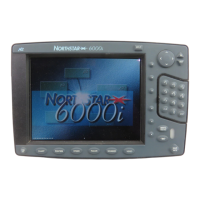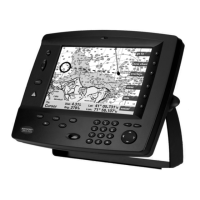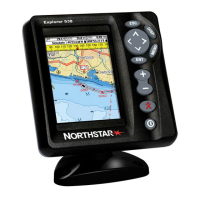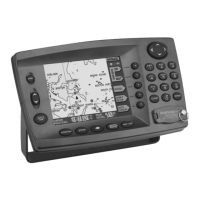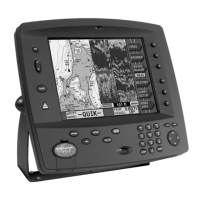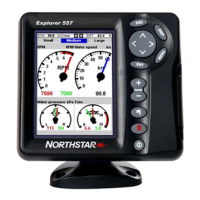Why are satellite signals often lost on my NorthStar GPS 6000i?
- JJamie WilsonAug 13, 2025
If you're losing satellite signals, especially when traveling in one direction but not the opposite, the antenna may be partially shaded by metallic objects. Try re-positioning or raising the antenna for a better view of the sky. Also, signals can be lost under bridges or when shielded by buildings.
